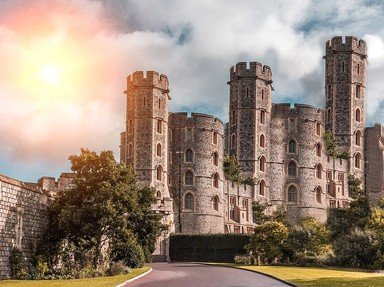
A Time to Cast Away Stones Trivia Quiz
Ruined British castles
What do you get when you cast away stones? A ruined castle, of course. These British castles were all ruined throughout history - can you sort them out according to whether they were ruined as a result of a battle, or just natural decay?
A classification quiz
by LauraMcC.
Estimated time: 3 mins.